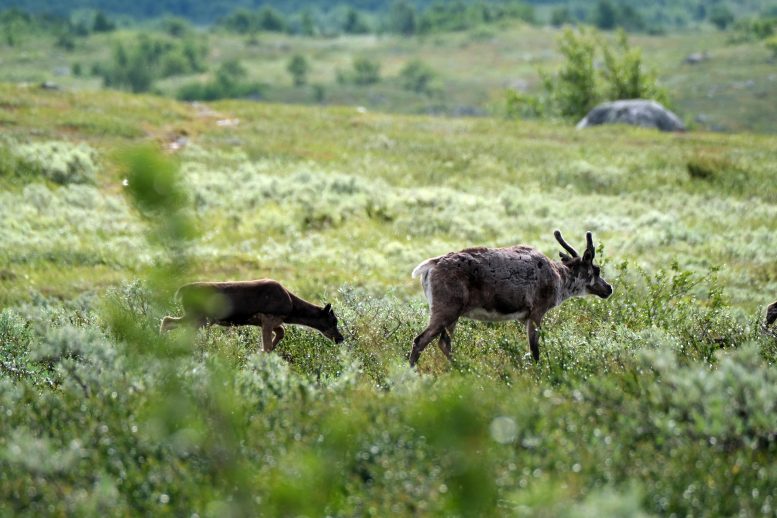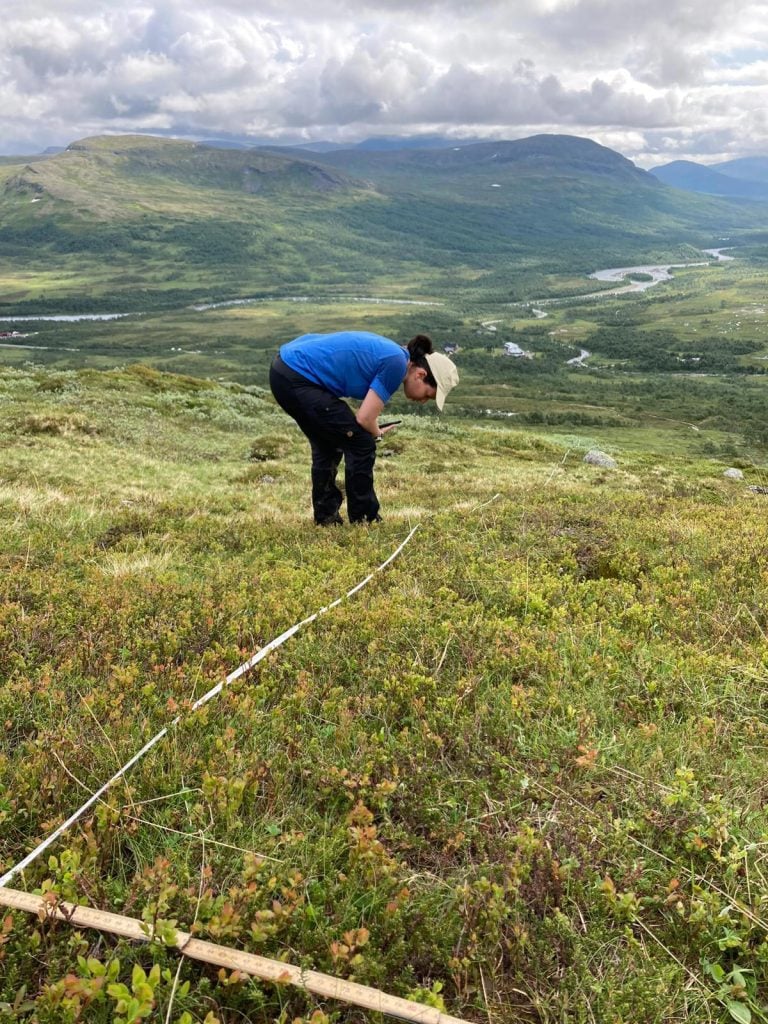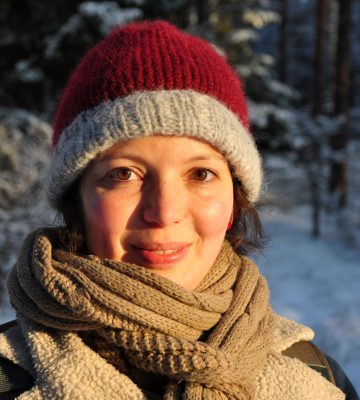
Reindeer herding has a long history in northern Norway, Sweden, and Finland. It has shaped the Fennoscandian mountain landscape and is also seen as means to mitigate climate change effects on vegetation. However, a new study reveals that the majority of this grazing land is exposed to cumulative pressures, threatened by the expansion of human activities towards the north.
The grazing land in northern Fennoscandia is increasingly disturbed by cumulative land-use pressures. These include intensive forestry, outdoor tourism, and road and railway traffic. Additionally, mining and wind farms are developing in the north. A newly published study has mapped and estimated the overall extent of these cumulative pressures, together with other stressors, namely predator presence and climate change.

The new study will be published today (September 30, 2022) in the journal Scientific Reports.

Previous studies have mostly focused on regional scales. In this research, the authors have used an integrated large-scale GIS analysis over three countries: Norway, Sweden, and Finland. Their results suggest that about 60 percent of the region is subjected to multiple pressures, and that 85 percent is exposed to at least one pressure. This dramatically reduces the size and quality of the summer grazing area. According to the findings, only 4 percent of the area still remains undisturbed.
“In northern Fennoscandia, we are lucky to still have one the oldest herding systems in Europe, where reindeer can roam freely over 40 percent of Norway, Sweden, and Finland. Or at least, they used to. With the rising human presence taking place on multiple fronts, the resilience of northern pastoralism is under threat,” says Marianne Stoessel. She is the first author of the study and a PhD student at Stockholm University.
The fact that many pressures are at play in this region is not new. The reindeer herders, the policymakers, but also the scientific community studying reindeer ecology are well aware of these problems.

“What is new is the fact that we finally managed to get an overview of these pressures over the whole area. This was not easy, as the different land-uses act at different scales and can be very dynamic, so can be the predators, and the effects of climate change on grazing,” Marianne Stoessel says.
“Grazing is a key process for maintaining plant biodiversity, even in the mountains. So it was important for us to study the extent of these cumulative pressures with having the summer pastures in mind, where grazing takes place,” says Professor Regina Lindborg of Stockholm University. She is a co-author of the study and the coordinator of the research project.
Due to the high extent of cumulative pressures over the region and because of climate change, this study suggests a high risk of vegetation and landscape change in the future, leading to a concentration of grazing in less disturbed areas and encroachment of trees and shrubs in disturbed ones.

Reference: “Mapping cumulative pressures on the grazing lands of northern Fennoscandia” by Marianne Stoessel, Jon Moen and Regina Lindborg, 30 September 2022, Scientific Reports.
DOI: 10.1038/s41598-022-20095-w
The study is a part of the research project: “The interacting effects of land-use and global warming on the grazing lands of northern Fennoscandia”
Never miss a breakthrough: Join the SciTechDaily newsletter.
1 Comment
so, by your documentation,
reindeer herding is negative as it changes landscape.
what is positive – no human?